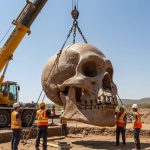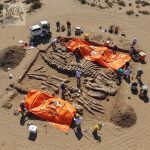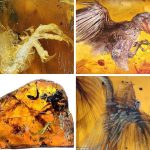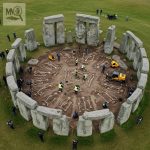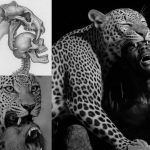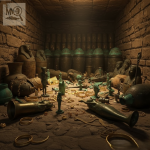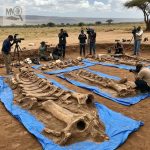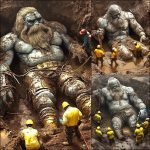Antarctic Colossus: Human, Alien, or Something Beyond?
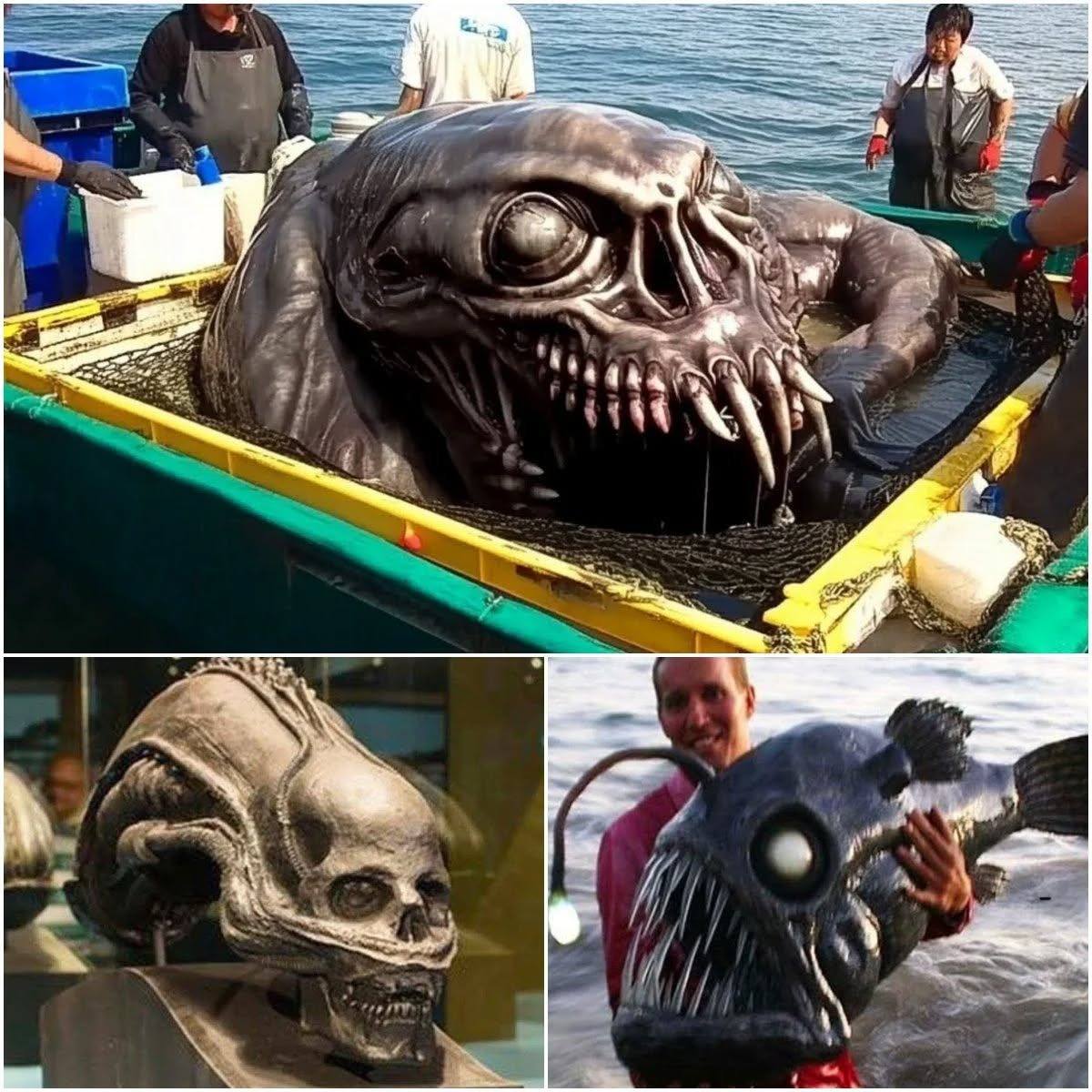
A groundbreaking discovery beneath the frozen expanse of Antarctica has stunned the scientific community and ignited global fascination: the remains of a colossal entity whose skull exhibits a startling fusion of human and extraterrestrial characteristics. Measuring far larger than any known human ancestor, with cranial features that defy conventional anatomy, this find raises profound questions about evolution, biology, and the history of life on Earth.
The Discovery

Initial examinations of the Antarctic Colossus suggest a being of unprecedented size. Early measurements indicate it could have stood several meters tall, dwarfing modern humans and most known hominins. Its skull, with a blend of humanoid and alien-like traits, has left researchers divided over its origins. Some argue that it could represent an unknown species, possibly evolved in isolation beneath Antarctica’s ice for tens of thousands of years. Others propose a more controversial theory: that it may be evidence of ancient extraterrestrial contact or even a hybrid between humans and alien life forms.
Radiocarbon dating and DNA analysis are underway, though Antarctica’s extreme environment has made testing slow and challenging. Preliminary reports indicate molecular structures that do not fully match any known terrestrial life forms, further fueling speculation about its true nature. The ice, acting as a natural time capsule, may have preserved the entity for millennia, maintaining anatomical features in remarkable condition.
Scientific Debate
Skeptics caution against jumping to extraterrestrial conclusions. They suggest that extreme preservation, natural deformities, or fossilization anomalies could account for the unusual morphology of the skull. Evolutionary outliers or rare mutations might explain features that appear alien, without requiring interplanetary intervention.

Conversely, proponents of the alien-hybrid hypothesis point to the skull’s fusion of traits as highly precise, with cranial cavities, eye sockets, and jaw structures unlike any known species. They argue that these patterns hint at intelligence and evolutionary processes beyond Earth, suggesting that our understanding of life’s diversity may be incomplete.
Implications for Humanity
If confirmed as non-terrestrial or hybrid, the Antarctic Colossus could radically reshape our understanding of Earth’s history. Questions arise about potential ancient extraterrestrial visitors, their influence on human evolution, and what other secrets may remain hidden beneath the Antarctic ice. This discovery touches not only paleontology and archaeology but also anthropology, mythology, and even the broader search for intelligent life in the universe.
Beyond the scientific ramifications, the Antarctic Colossus captures the imagination of the public. Its enigmatic nature bridges the worlds of science, exploration, and speculative fiction, challenging perceptions of reality and inspiring curiosity about life beyond our planet.
Conclusion
The Antarctic Colossus remains one of the most tantalizing enigmas in modern discovery. Whether human, alien, or an entirely unprecedented form of life, its presence beneath the ice compels humanity to explore, investigate, and question. As research continues under the harsh Antarctic conditions, this mysterious entity may forever alter our perception of life on Earth—and perhaps even the possibilities of life beyond it.
